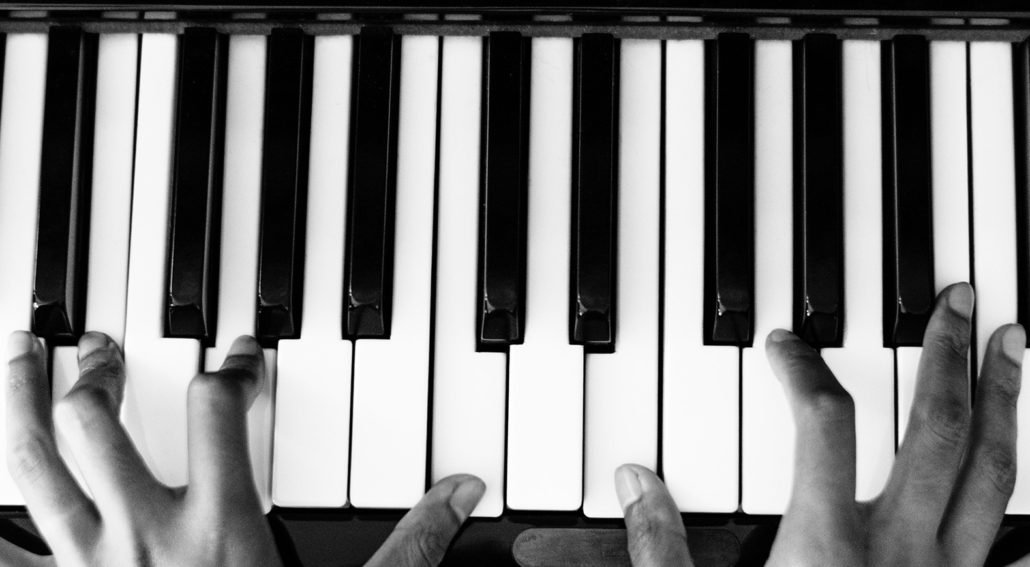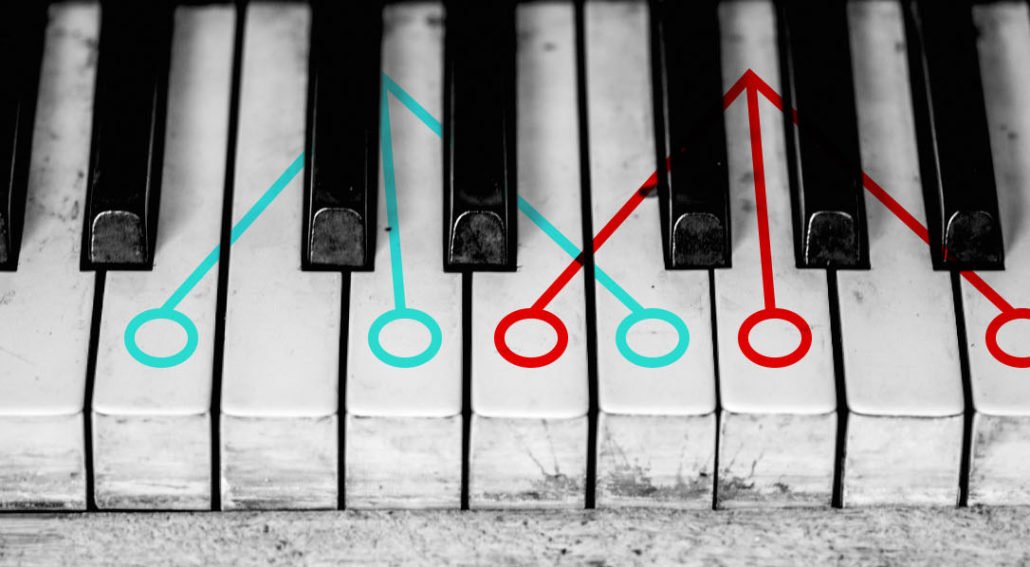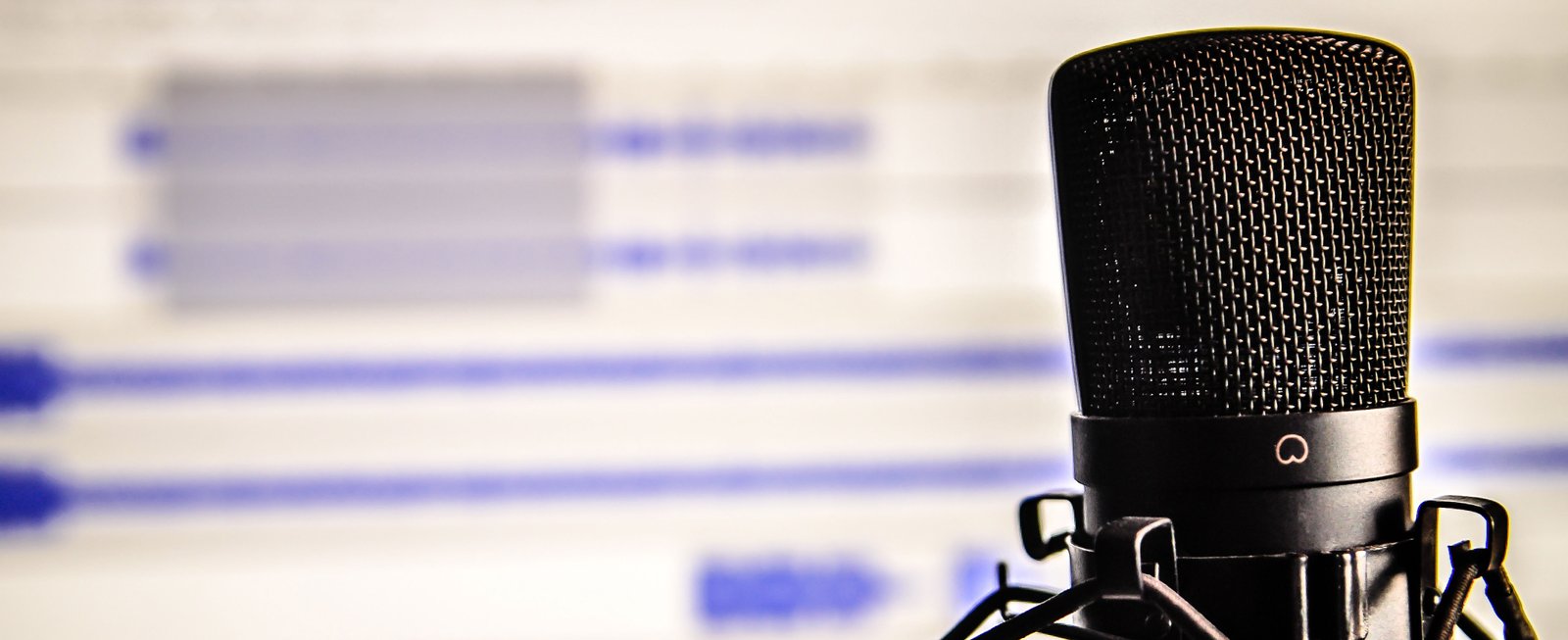
Make Melodies in just 5 Minutes
Today, I’m going to show you how to write a melody in just a few minutes, even if you’ve got no musical background.
There are lots of different ways to write melodies, of course, but this is a great technique if you struggle with music theory, or you want to get the quick, soulful melody down without mucking around in the Piano Roll Editor, testing and deleting, and wasting your precious flow, and your precious time.
Continue reading







